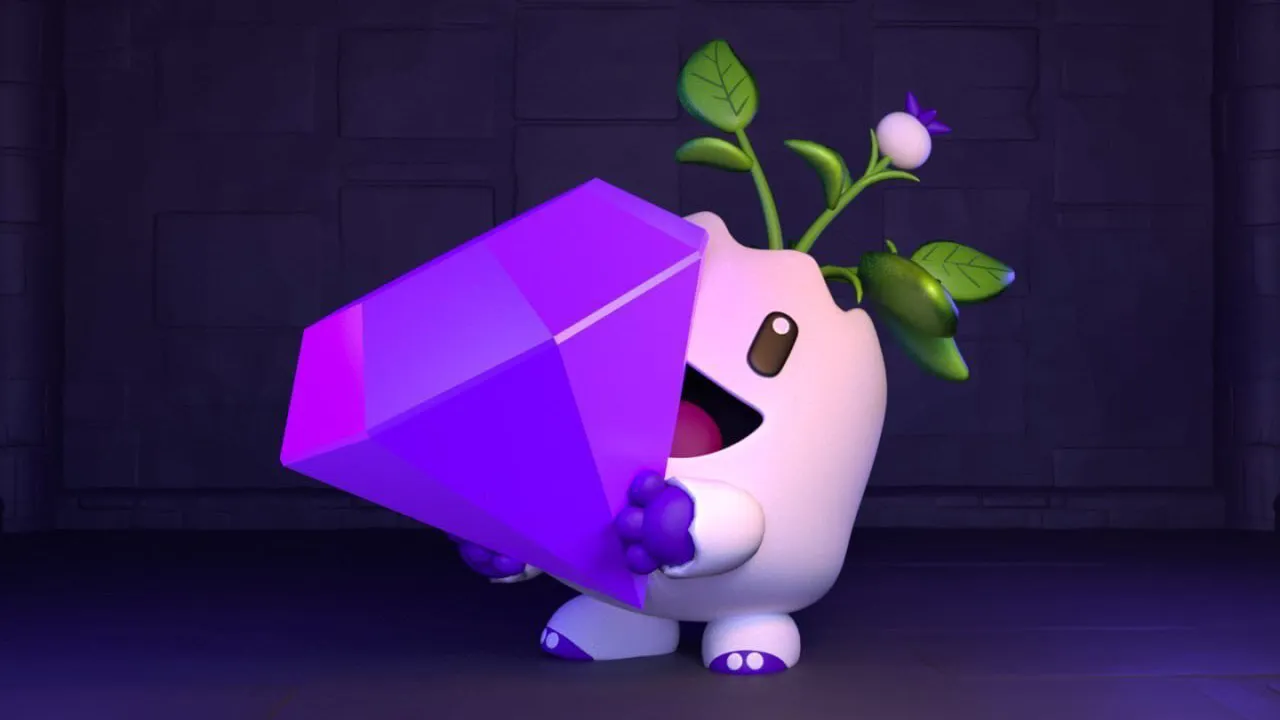
While the NFT market has lost considerable steam since peaking two years ago, the marketplace Magic Eden has been reaching new heights on its own, according to CEO Jack Lu.
“Even though the overall market has been a bit soft, the year has been pretty good for Magic Eden,” he said in an interview with Decrypt (video below). “2024 has actually been our best year ever.”
When Magic Eden launched in September 2021, the NFT market saw $4.2 billion in JPEGs trade hands, according to CryptoSlam. At that time, Magic Eden was precluded from some of the NFT market’s buzziest projects, as the most successful ones ran rampant on Ethereum.
“We invested really hard into this multi-chain thesis,” he said. “If we can be the platform that provides range across all of those chains, eventually we will win.”
Magic Eden’s biggest competitors, OpenSea and Blur, have also expanded their offerings to include other networks. Aside from Solana, they’re all EVM-compatible, meaning that developers familiar with writing Ethereum smart contracts can leverage comparable code.
Notably, Magic Eden jumped feet first into the market for Ordinals, a class of Bitcoin-based collectibles that rose to prominence last year. While the environment is far different from its Solana-based roots, Magic Eden ventured further into the Bitcoin space with support for Runes.
Runes resemble fungible tokens like ERC-20s on Ethereum. In May, when the market for Runes ran hot, Lu estimated that Magic Eden’s monthly trading volume hit $800 million. While there was a burst of Runes activity in August, activity associated with them has largely fallen off.
Casting a large net is beneficial when crypto trends can change on a dime, Lu said, comparing a recent, industry-wide bout of meme coin mania to food tokens popular in decentralized finance years ago. Along those lines, Lu said Magic Eden’s recently launched digital wallet positioned the company to address broader parts of the crypto market with support for cross-chain swaps.
“Markets go up and down, metas change,” Lu said. “If we want to build great products, something that can actually reach our mission, we have to have a level of long-term thinking.”
